1. Improperly aligning the disposal unit with the sink drain
One of the most common mistakes people make when installing a kitchen sink disposal is not properly aligning it with the sink drain. This can lead to leaks and clogs, as well as make it difficult for the disposal to function properly. Make sure to carefully align the disposal unit with the drain before securing it in place.
2. Not using plumber's putty or silicone sealant to create a watertight seal
Creating a watertight seal between the disposal unit and the sink drain is crucial for preventing leaks. Many people make the mistake of not using plumber's putty or silicone sealant when installing the disposal, which can result in water seeping out and causing damage to your cabinets and floors. Be sure to use these materials to create a proper seal.
3. Forgetting to remove the knockout plug from the disposal unit
Before installing the disposal unit, it's important to remember to remove the knockout plug from the unit's drain opening. This plug is designed to prevent water from flowing into the unit during shipping, but if it's not removed, your disposal won't be able to drain properly.
4. Not connecting the dishwasher drain line to the disposal unit
If you have a dishwasher, it's important to connect the dishwasher drain line to the disposal unit. This allows food waste from the dishwasher to be properly disposed of by the unit. Forgetting to make this connection can result in clogs and backups in your dishwasher.
5. Using the wrong size or type of mounting hardware
The mounting hardware used to secure the disposal unit to the sink can greatly impact its stability and functionality. Using the wrong size or type of mounting hardware can result in a loose or unbalanced disposal, which can lead to leaks and other issues. Make sure to use the appropriate hardware recommended by the manufacturer.
6. Not properly securing the disposal unit to the mounting assembly
Similar to using the wrong mounting hardware, not properly securing the disposal unit to the mounting assembly can also cause stability issues. This can lead to leaks and even damage to the disposal unit itself. Be sure to follow the manufacturer's instructions carefully when attaching the unit to the mounting assembly.
7. Not connecting the disposal unit to a dedicated electrical circuit
It's important to remember that a disposal unit requires its own dedicated electrical circuit. Many people make the mistake of connecting it to a shared circuit, which can cause overload and potentially lead to electrical hazards. Make sure to have a dedicated circuit installed for your disposal unit.
8. Not properly connecting the disposal unit's discharge pipe to the drain trap
The discharge pipe from the disposal unit should be connected to the drain trap using a proper slip joint or compression fitting. If this connection is not made properly, it can result in leaks and even cause the disposal unit to malfunction. Make sure to follow the manufacturer's instructions when making this connection.
9. Not checking for leaks after installation
After installing a kitchen sink disposal, it's important to thoroughly check for any signs of leaks. This includes running water through the disposal and checking all connections for any drips or leaks. Catching and addressing leaks early on can prevent further damage and potential hazards.
10. Not following the manufacturer's instructions for installation
Each disposal unit may have its own unique installation instructions, so it's important to carefully read and follow the manufacturer's instructions. Not doing so can result in improper installation and potential issues down the line. Take the time to familiarize yourself with the instructions before beginning the installation process.
The Importance of Proper Disposal Installation in Your Kitchen Sink
/how-to-install-a-sink-drain-2718789-hero-24e898006ed94c9593a2a268b57989a3.jpg)
Avoiding Common Mistakes
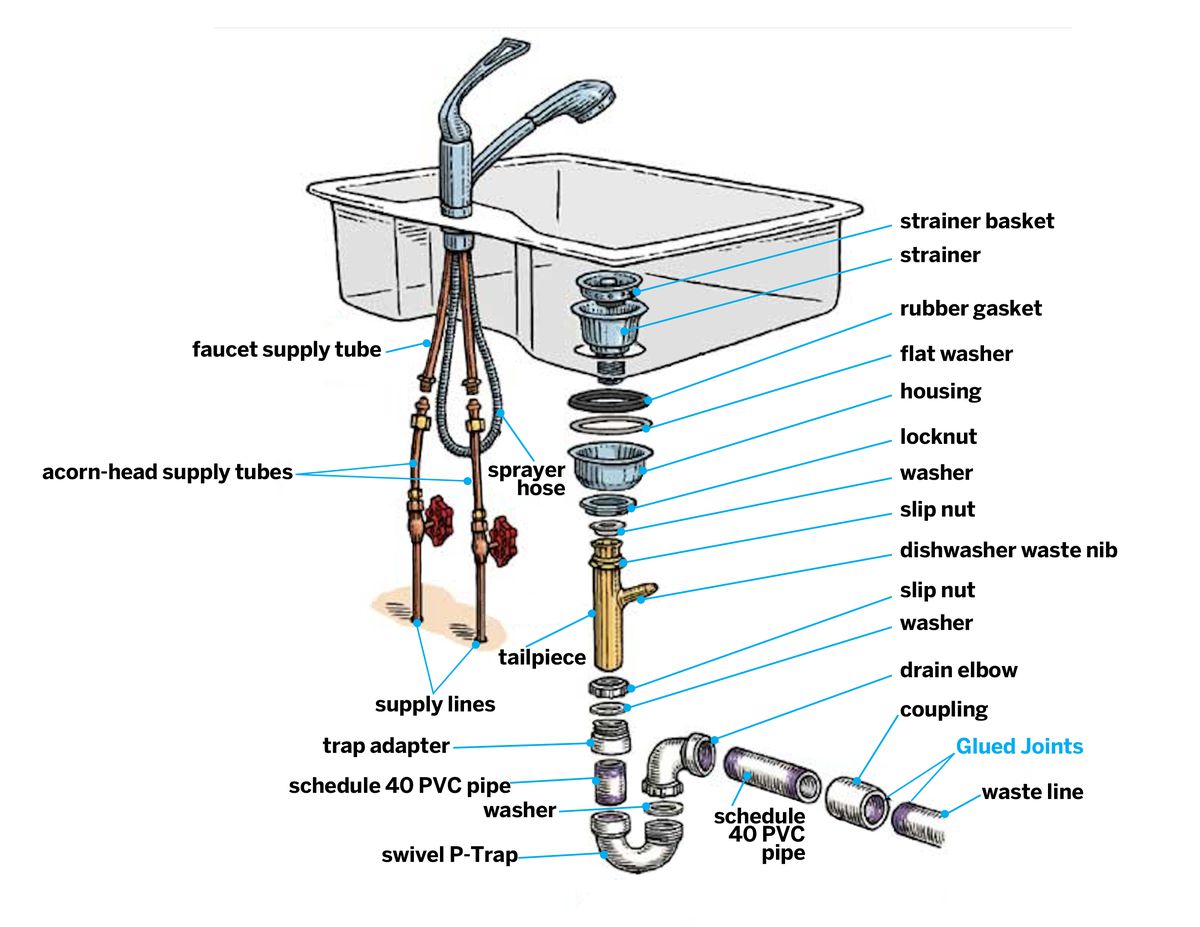 When it comes to designing and installing a kitchen sink, there are a lot of factors to consider. One important aspect that is often overlooked is the disposal installation. A garbage disposal can be a convenient and efficient addition to any kitchen, but if installed incorrectly, it can lead to a host of problems down the line. In this article, we will discuss some common mistakes in disposal installation and how to avoid them.
Choosing the Wrong Size
One of the most common mistakes in disposal installation is choosing the wrong size unit for your sink. Many people assume that all disposals are the same size and will fit any sink, but this is not the case. Disposals come in different sizes and power levels, and it is crucial to choose one that is compatible with your sink and plumbing system. Installing a disposal that is too large for your sink can not only cause damage to your plumbing but also result in a cramped and inefficient workspace.
Skipping the Necessary Steps
Another mistake that people make when installing a disposal is skipping critical steps in the installation process. This can include not adequately securing the disposal to the sink, neglecting to use plumber's putty, or not tightening all the necessary connections. These shortcuts may save time in the short term, but they can lead to leaks, clogs, and other issues in the future. It is essential to follow all the steps outlined in the disposal's instruction manual to ensure a proper and secure installation.
Improper Wiring
Proper electrical wiring is crucial when installing a disposal. Many people make the mistake of assuming that they can simply plug in their new disposal without any additional wiring. However, most disposals require a dedicated circuit and electrical outlet. Improper wiring can be dangerous and can also damage your disposal. It is best to consult a professional electrician to ensure that your disposal is correctly wired and grounded.
Not Using the Disposal Correctly
Even with a proper installation, many common mistakes can still occur when using a disposal. One of the most common is putting the wrong types of food waste into the unit. Non-food items, fibrous foods, and grease should never be put into a disposal, as they can cause clogs and damage. Additionally, overloading the disposal with too much food waste at once can also lead to clogs and malfunctions. It is essential to use the disposal correctly and follow the manufacturer's guidelines for proper use and maintenance.
In conclusion, a properly installed and maintained disposal can be a valuable addition to any kitchen. By avoiding these common mistakes, you can ensure that your disposal functions efficiently and effectively for years to come. If you are unsure about installing a disposal yourself, it is always best to consult a professional plumber for assistance. Don't let a simple mistake in disposal installation cause unnecessary headaches and expenses in the future.
When it comes to designing and installing a kitchen sink, there are a lot of factors to consider. One important aspect that is often overlooked is the disposal installation. A garbage disposal can be a convenient and efficient addition to any kitchen, but if installed incorrectly, it can lead to a host of problems down the line. In this article, we will discuss some common mistakes in disposal installation and how to avoid them.
Choosing the Wrong Size
One of the most common mistakes in disposal installation is choosing the wrong size unit for your sink. Many people assume that all disposals are the same size and will fit any sink, but this is not the case. Disposals come in different sizes and power levels, and it is crucial to choose one that is compatible with your sink and plumbing system. Installing a disposal that is too large for your sink can not only cause damage to your plumbing but also result in a cramped and inefficient workspace.
Skipping the Necessary Steps
Another mistake that people make when installing a disposal is skipping critical steps in the installation process. This can include not adequately securing the disposal to the sink, neglecting to use plumber's putty, or not tightening all the necessary connections. These shortcuts may save time in the short term, but they can lead to leaks, clogs, and other issues in the future. It is essential to follow all the steps outlined in the disposal's instruction manual to ensure a proper and secure installation.
Improper Wiring
Proper electrical wiring is crucial when installing a disposal. Many people make the mistake of assuming that they can simply plug in their new disposal without any additional wiring. However, most disposals require a dedicated circuit and electrical outlet. Improper wiring can be dangerous and can also damage your disposal. It is best to consult a professional electrician to ensure that your disposal is correctly wired and grounded.
Not Using the Disposal Correctly
Even with a proper installation, many common mistakes can still occur when using a disposal. One of the most common is putting the wrong types of food waste into the unit. Non-food items, fibrous foods, and grease should never be put into a disposal, as they can cause clogs and damage. Additionally, overloading the disposal with too much food waste at once can also lead to clogs and malfunctions. It is essential to use the disposal correctly and follow the manufacturer's guidelines for proper use and maintenance.
In conclusion, a properly installed and maintained disposal can be a valuable addition to any kitchen. By avoiding these common mistakes, you can ensure that your disposal functions efficiently and effectively for years to come. If you are unsure about installing a disposal yourself, it is always best to consult a professional plumber for assistance. Don't let a simple mistake in disposal installation cause unnecessary headaches and expenses in the future.



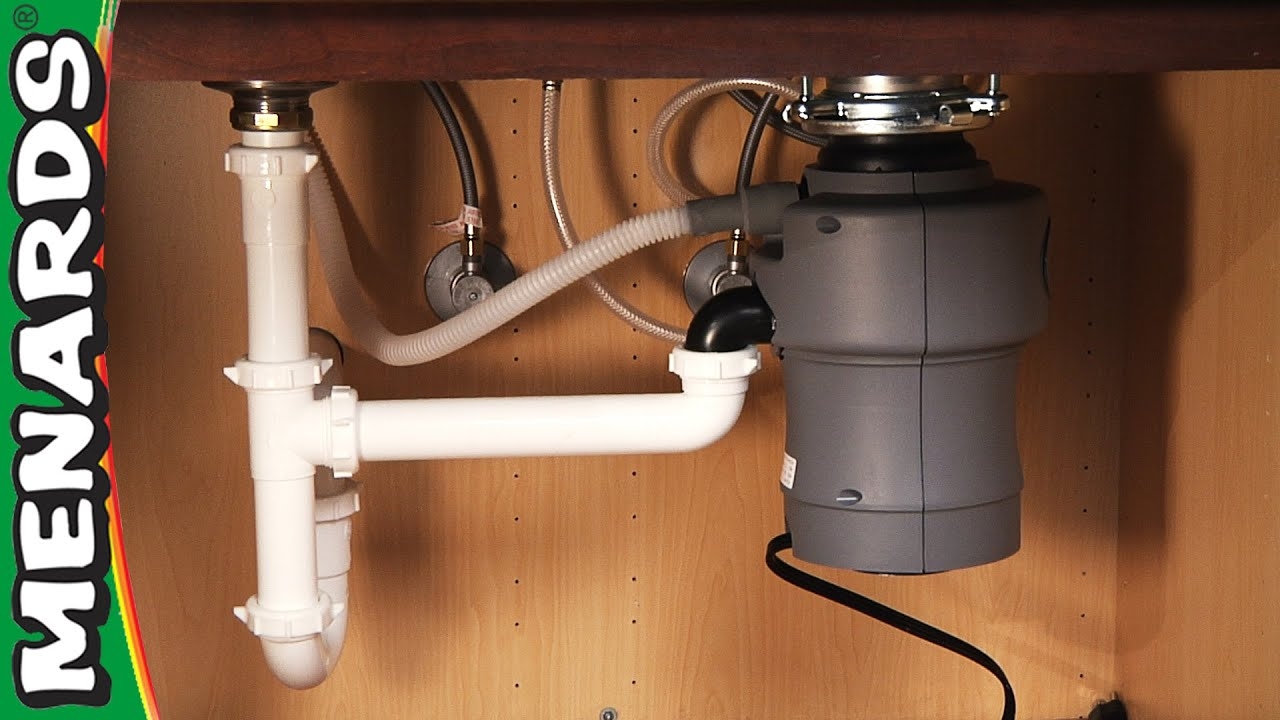


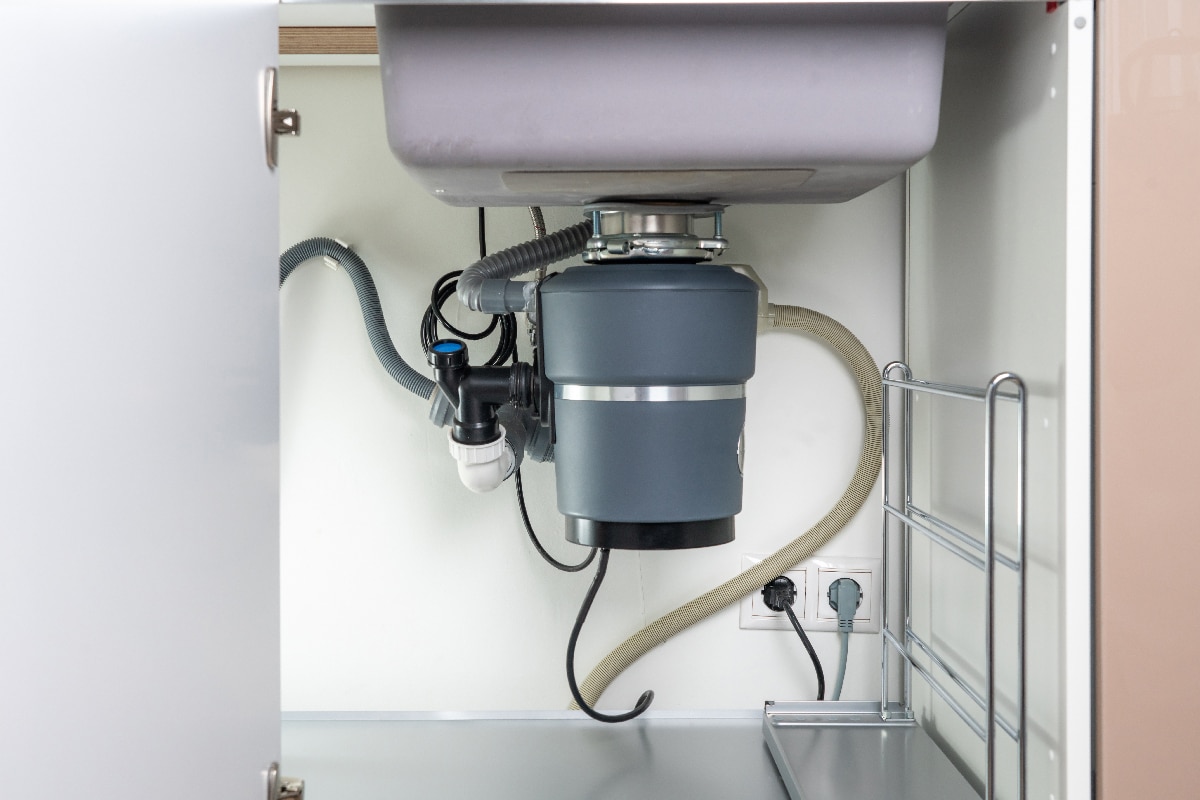
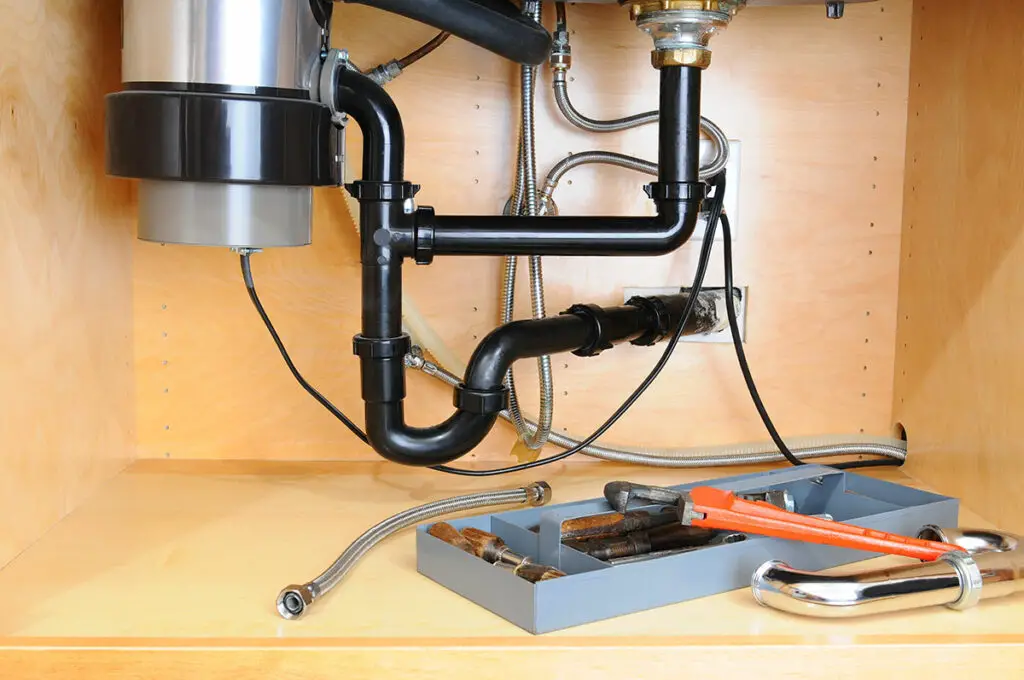
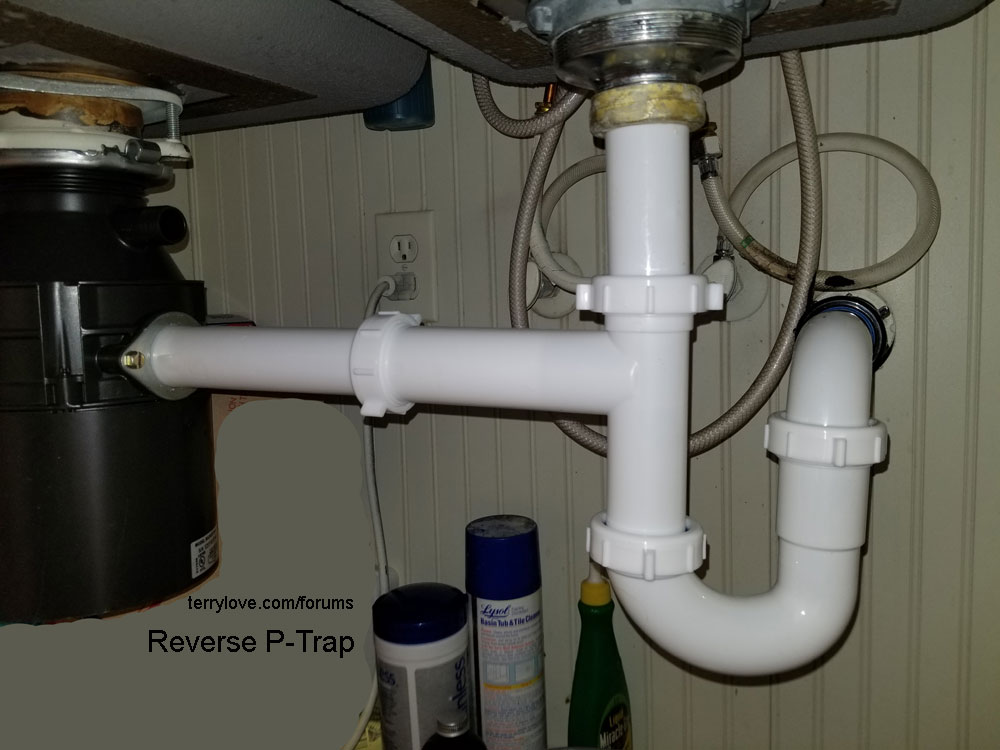

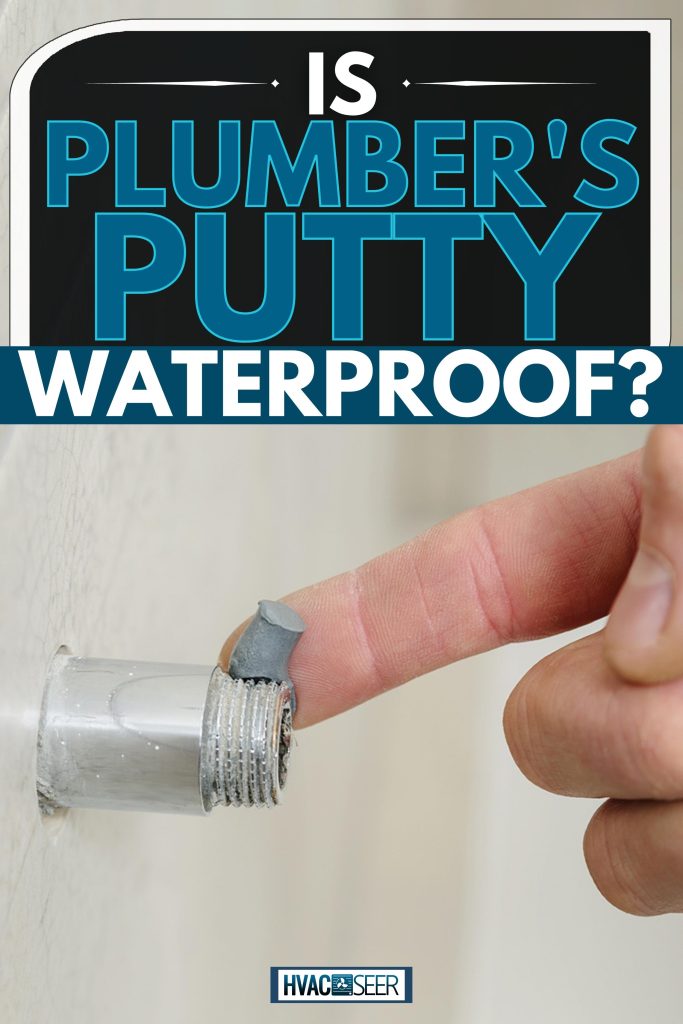





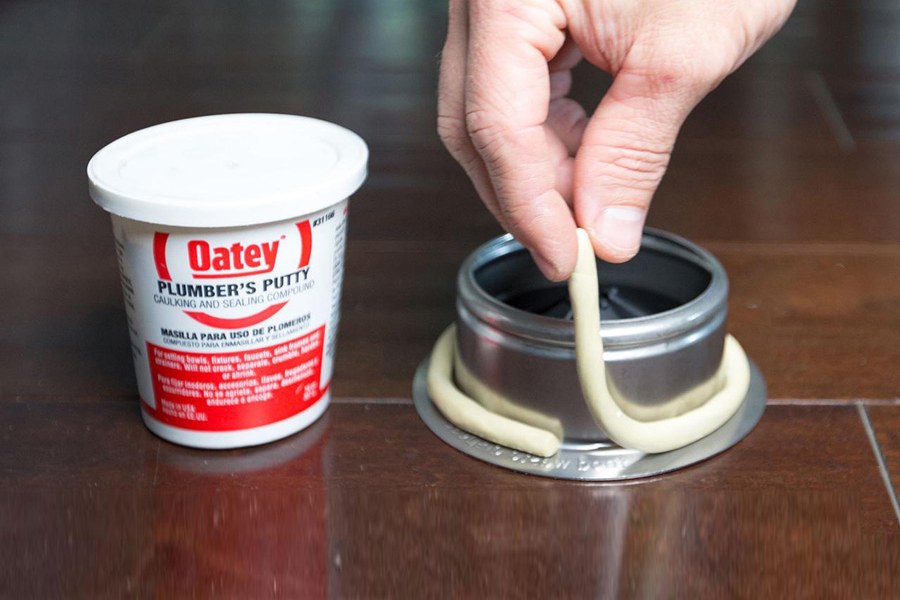

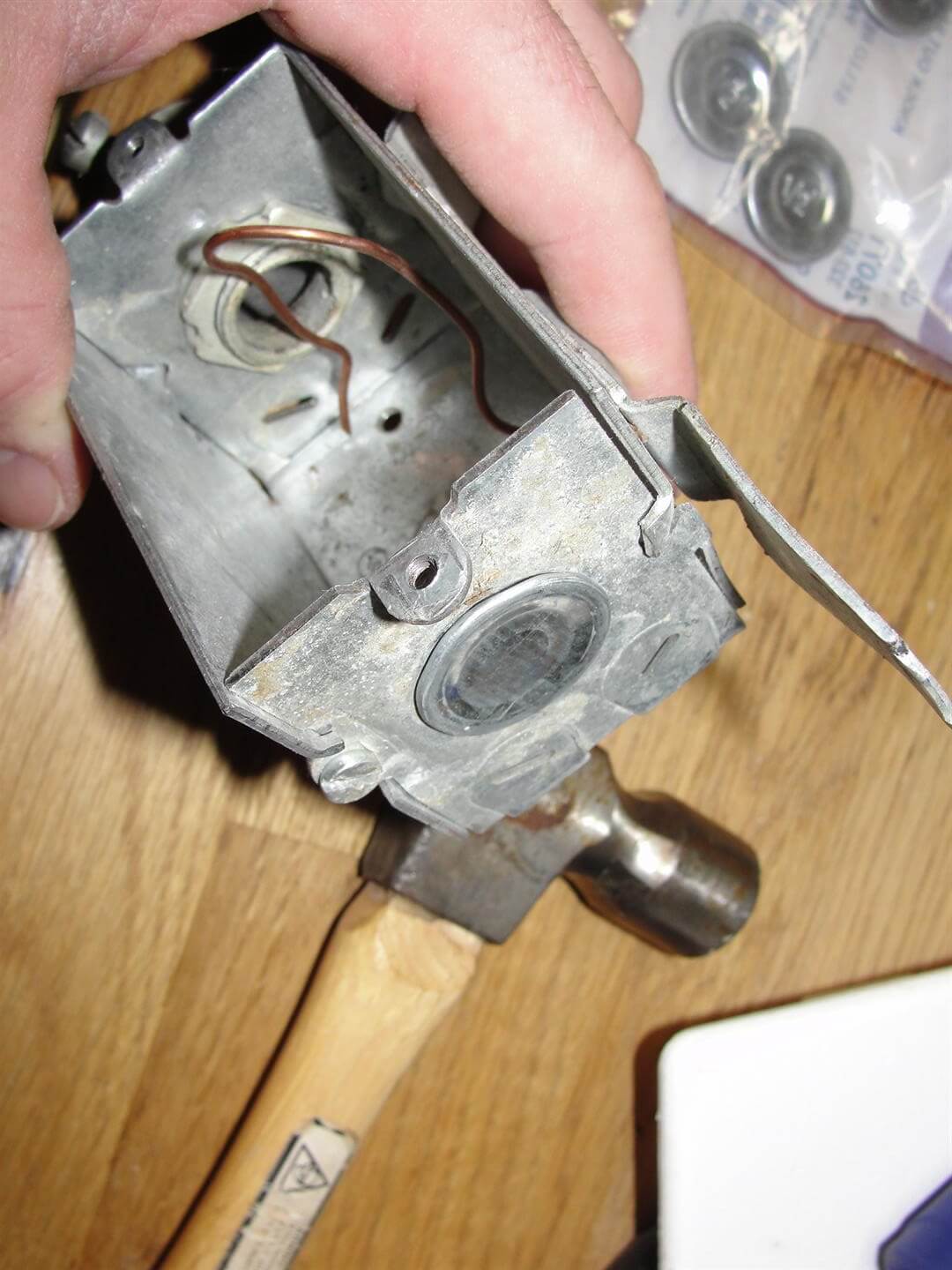

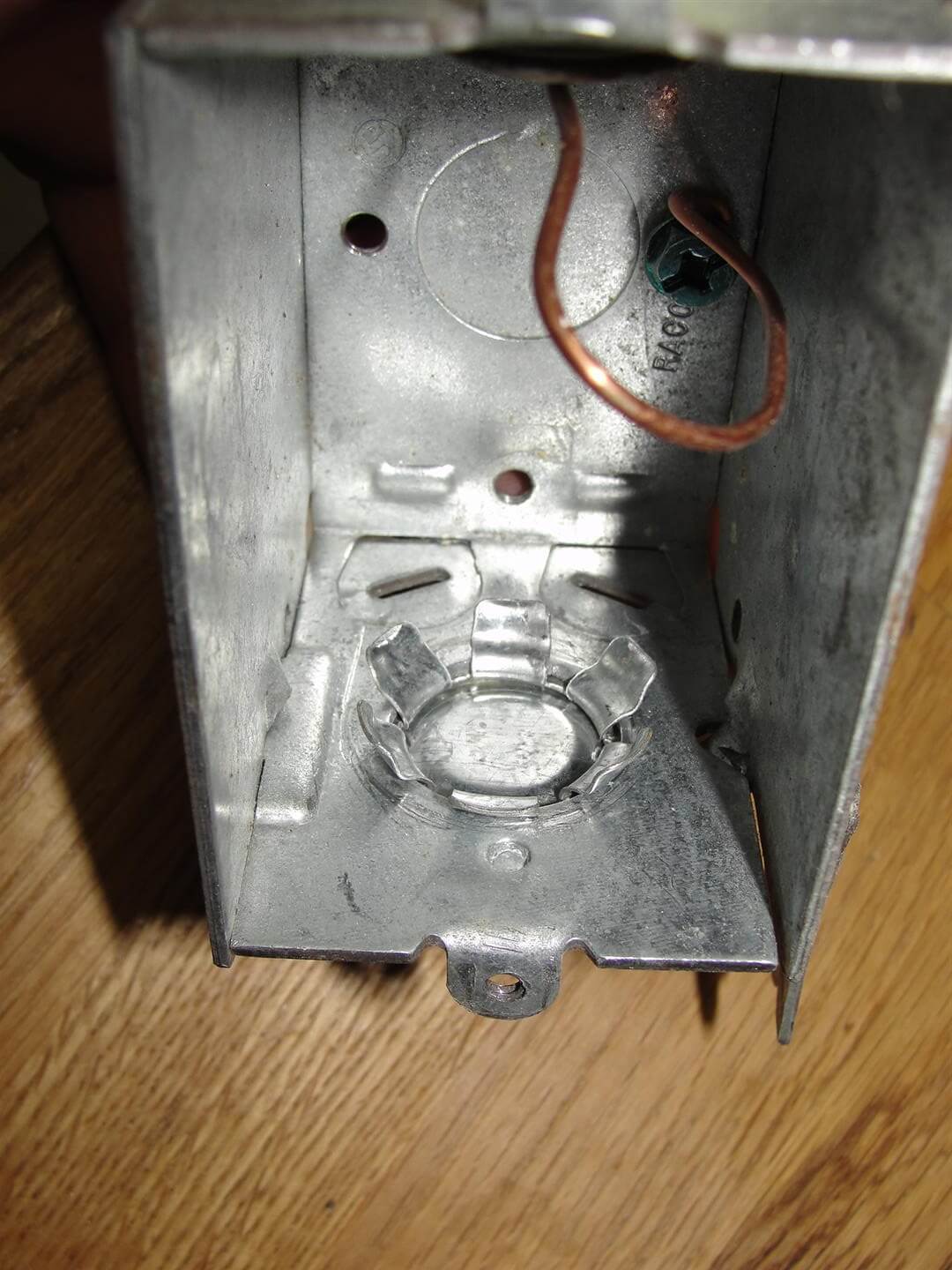





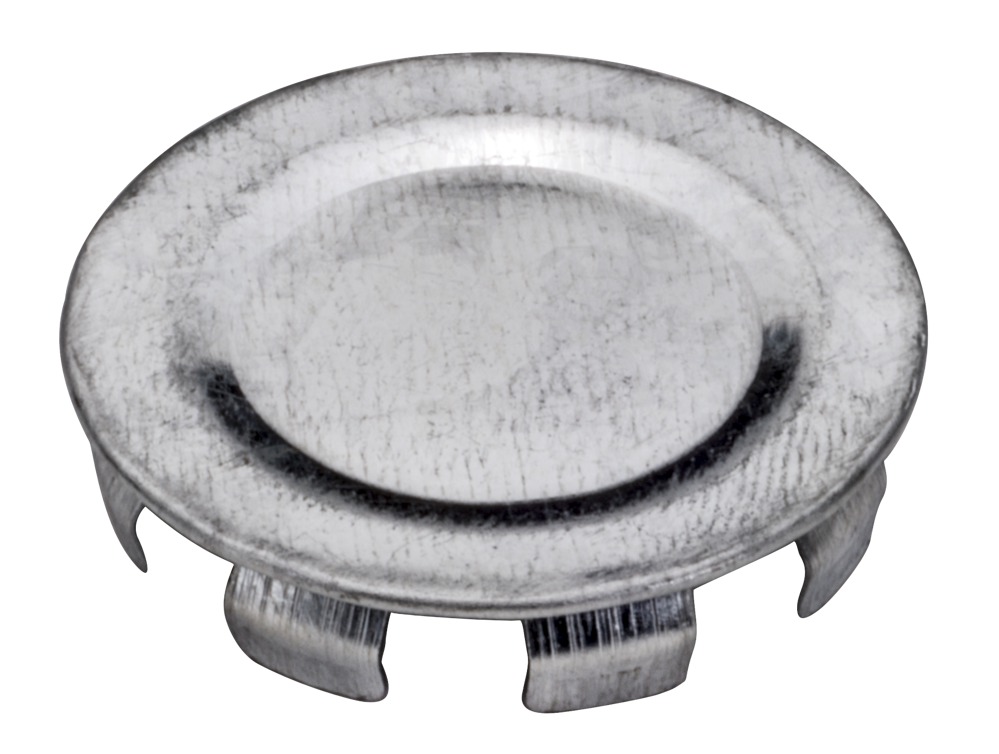



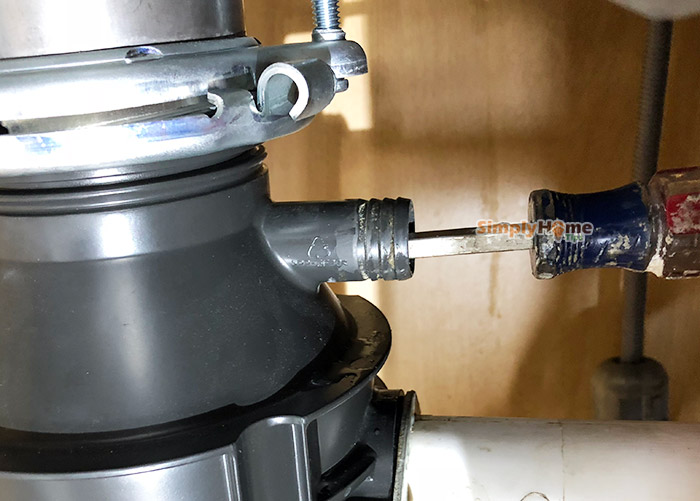
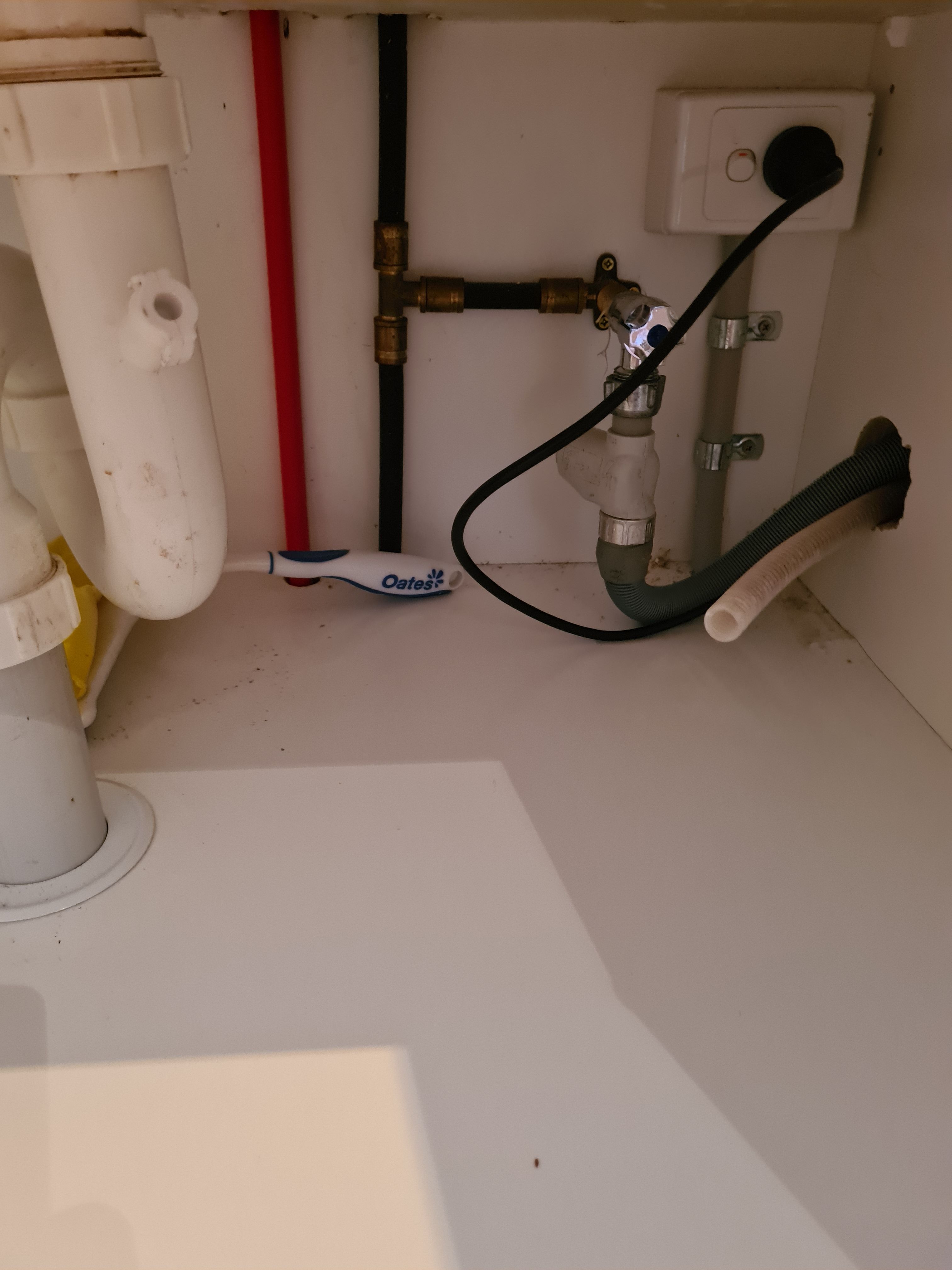

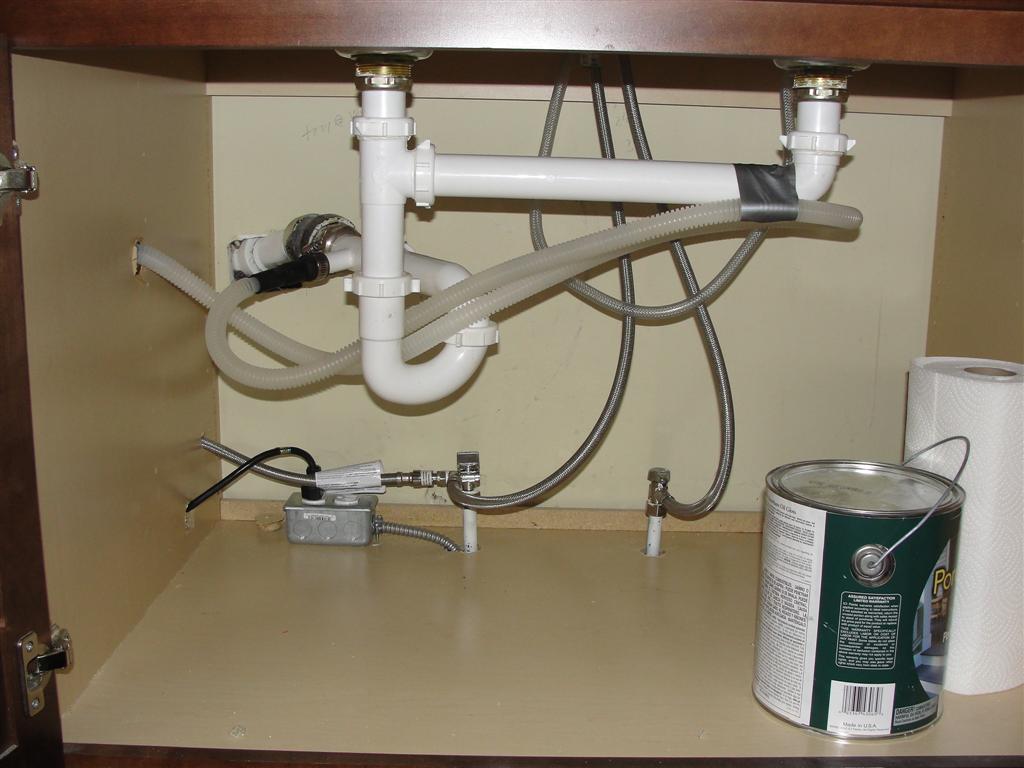

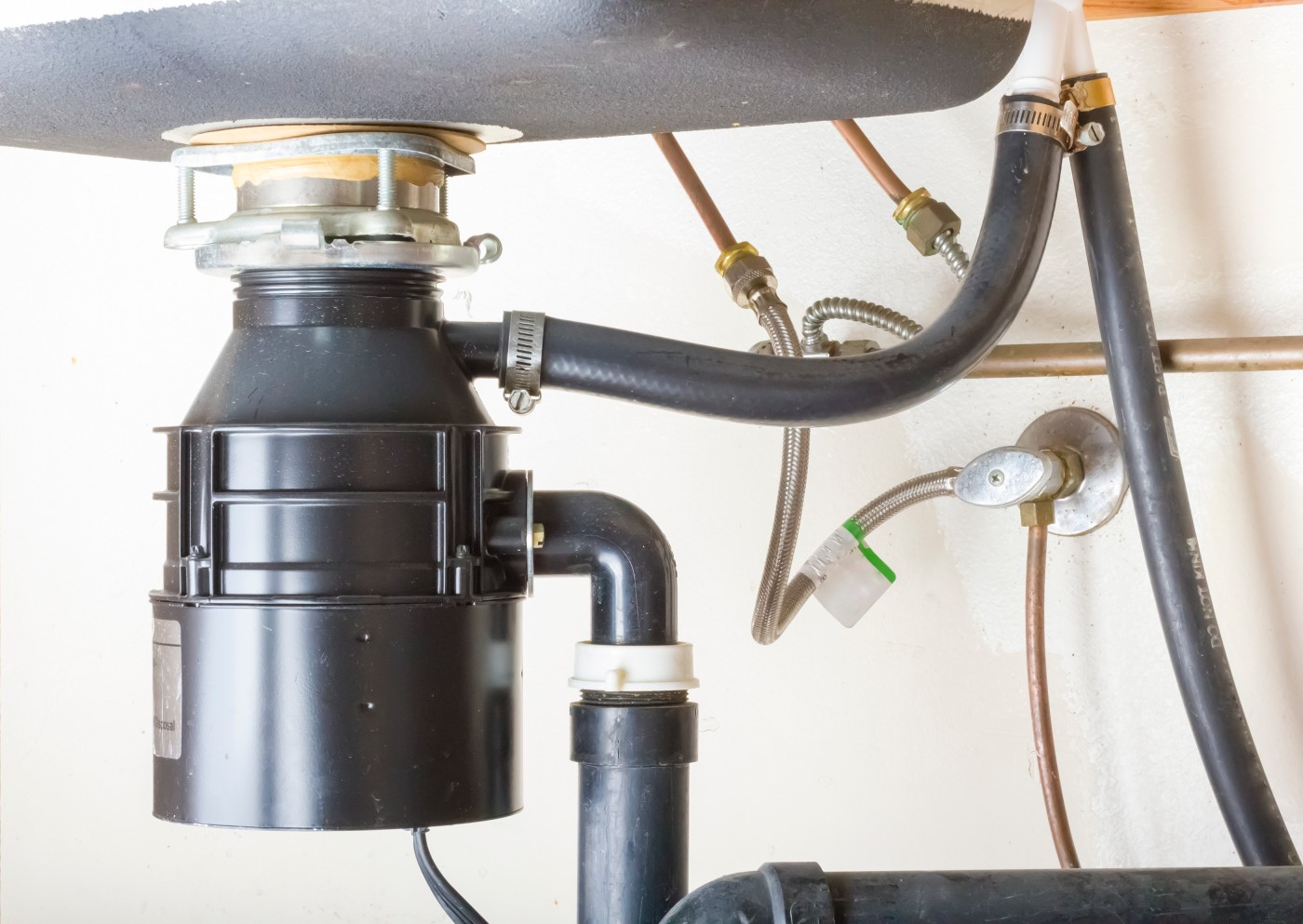
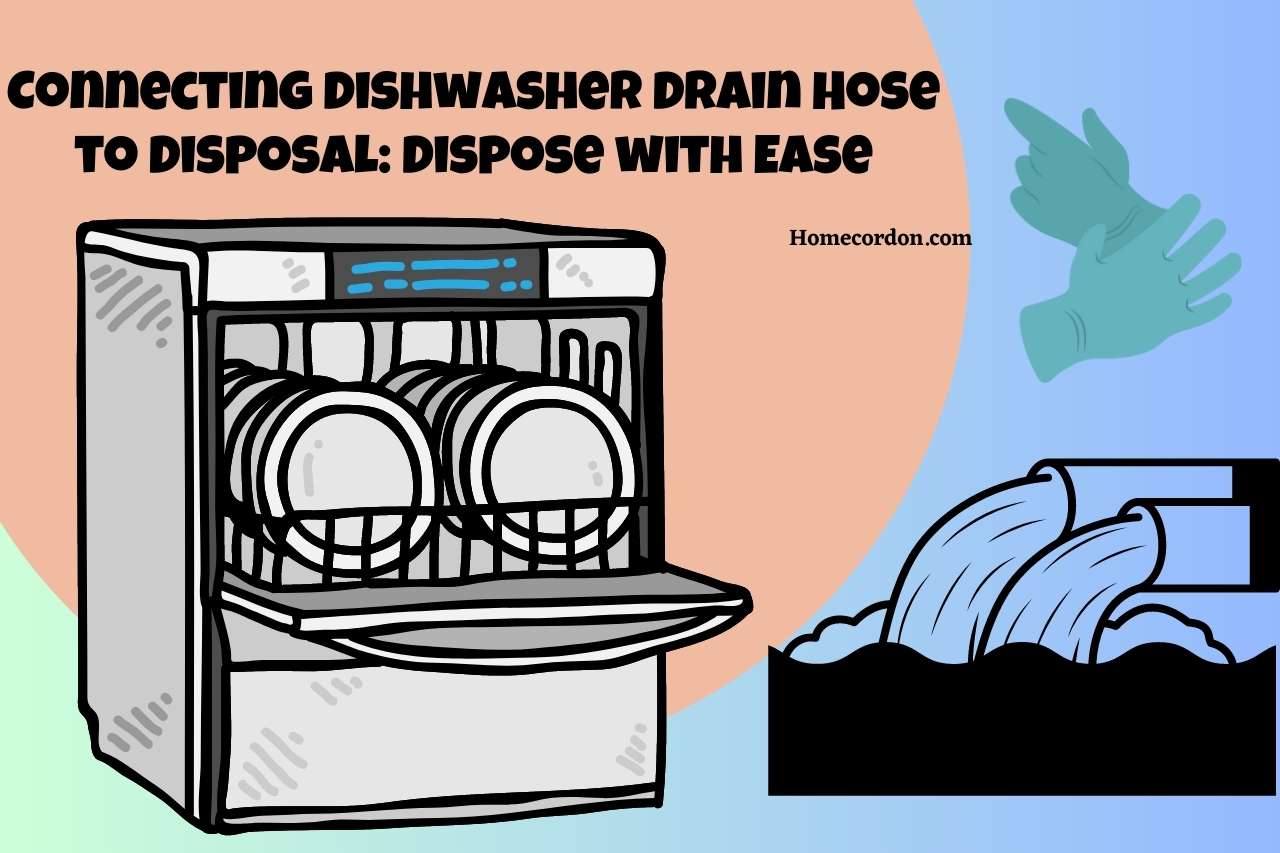
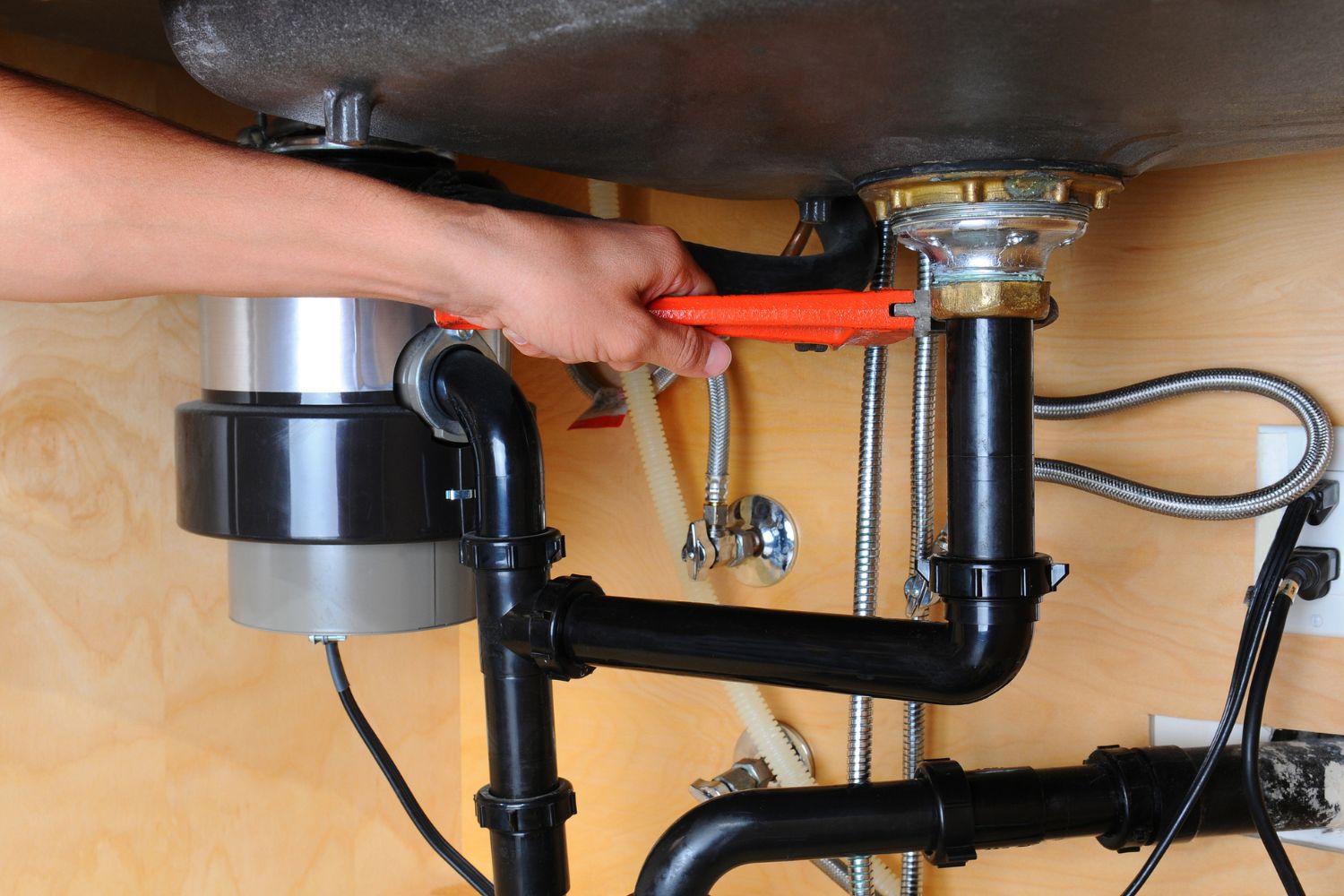



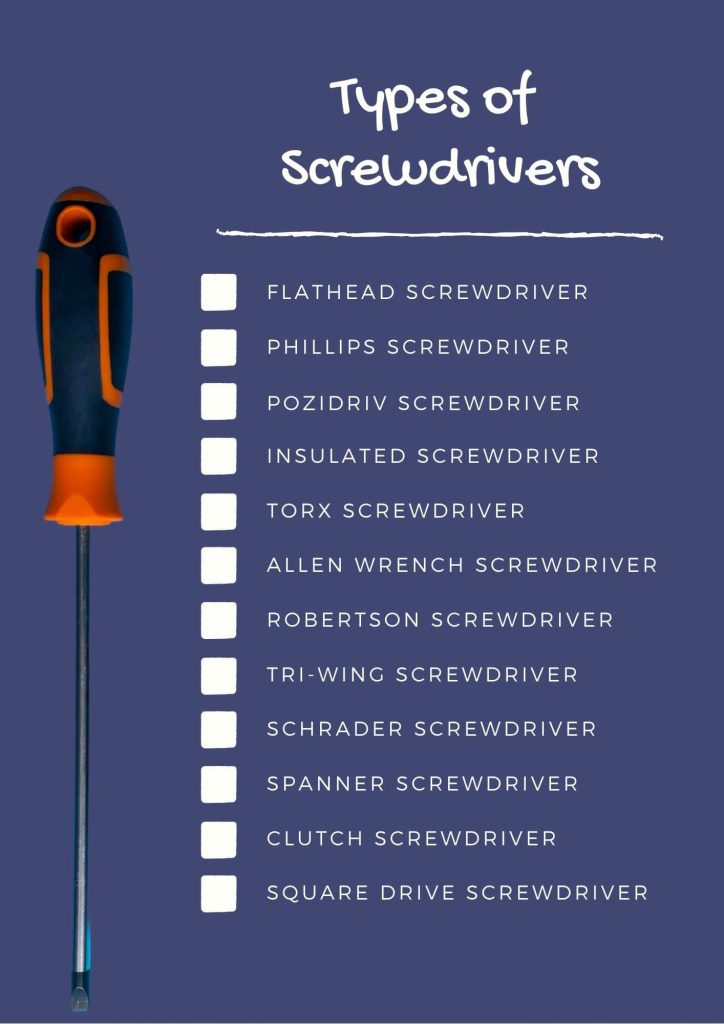
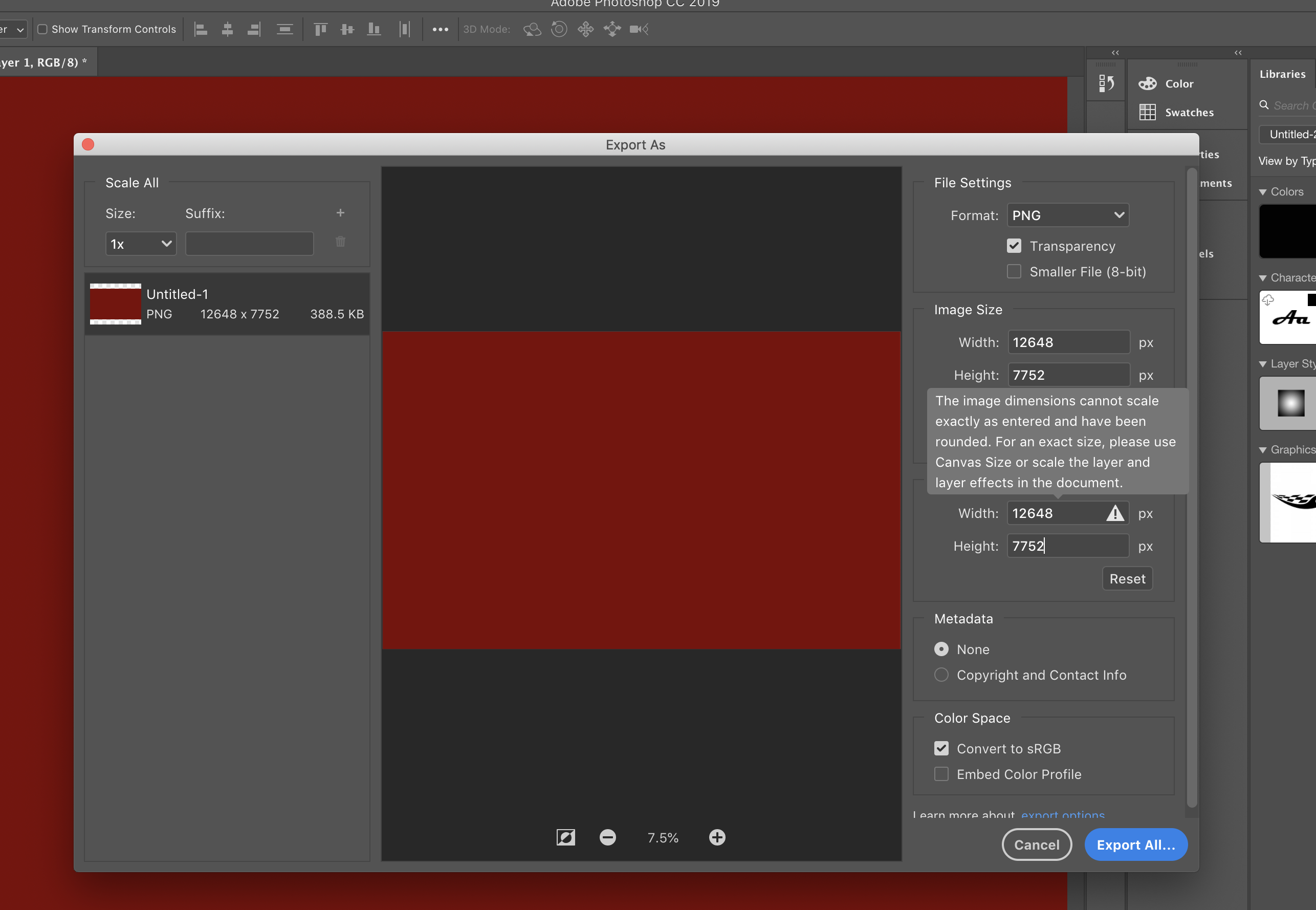
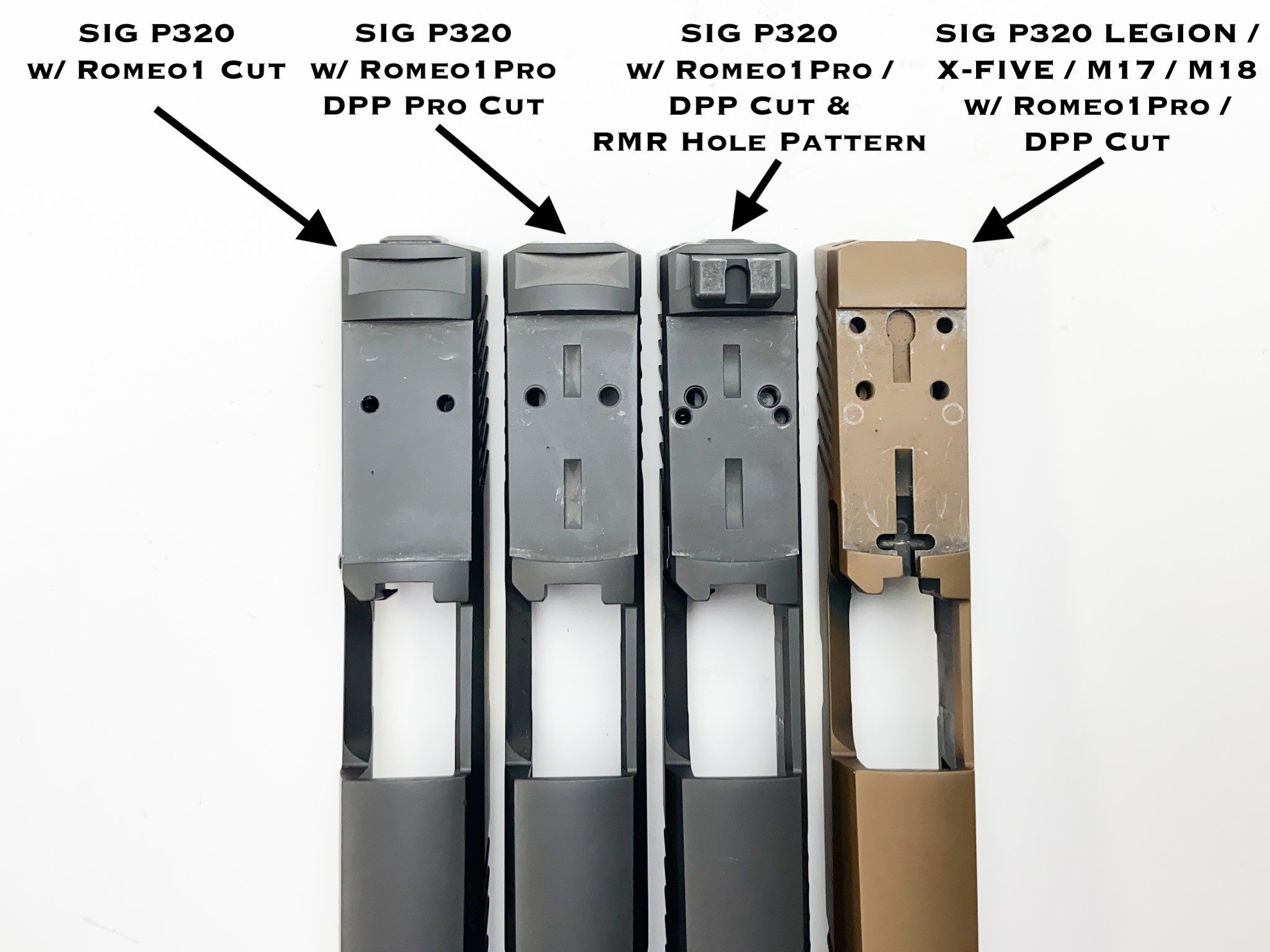


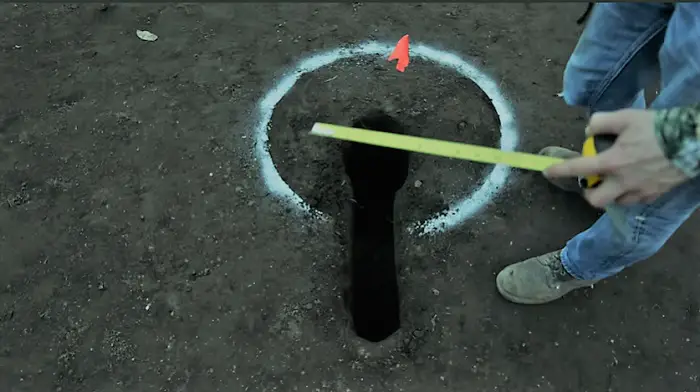
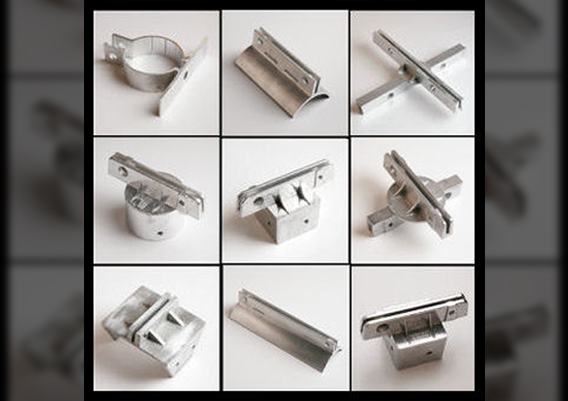
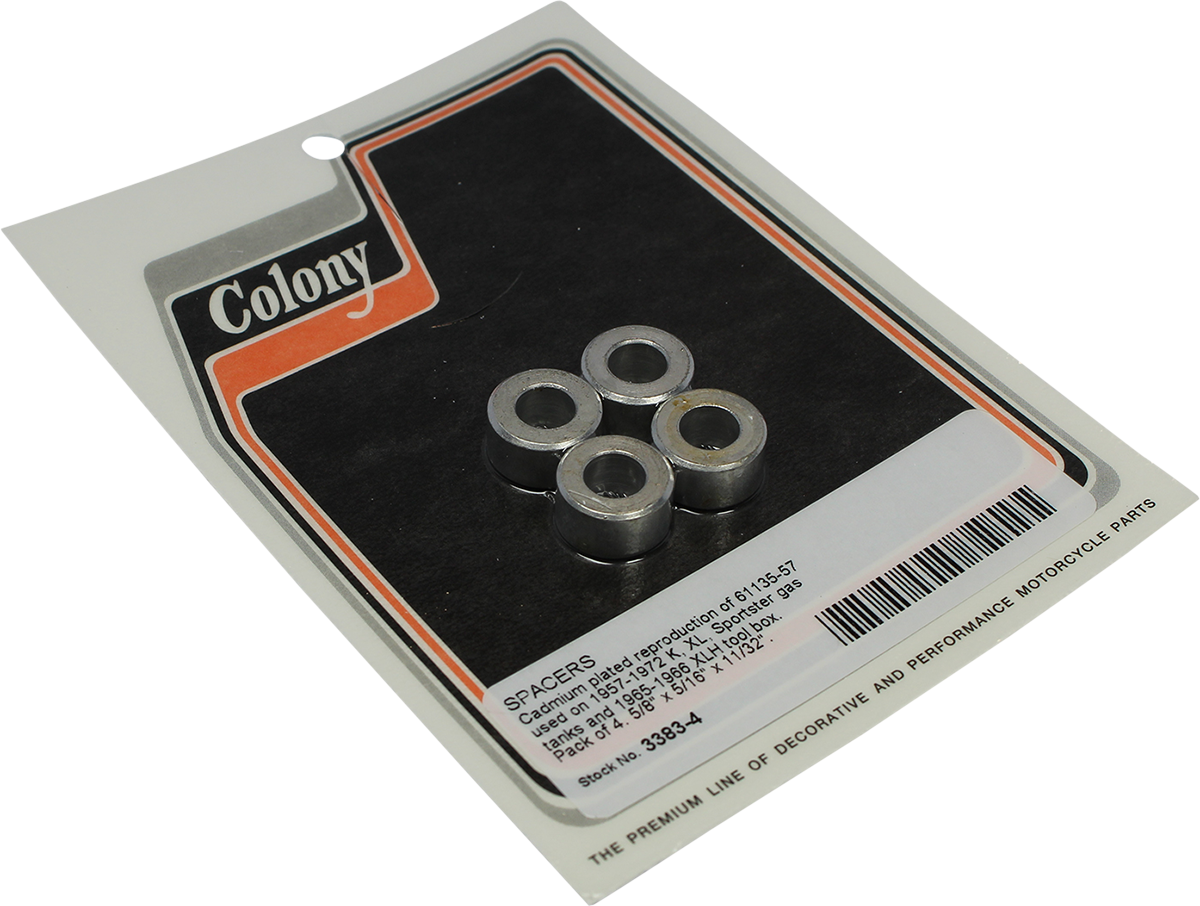

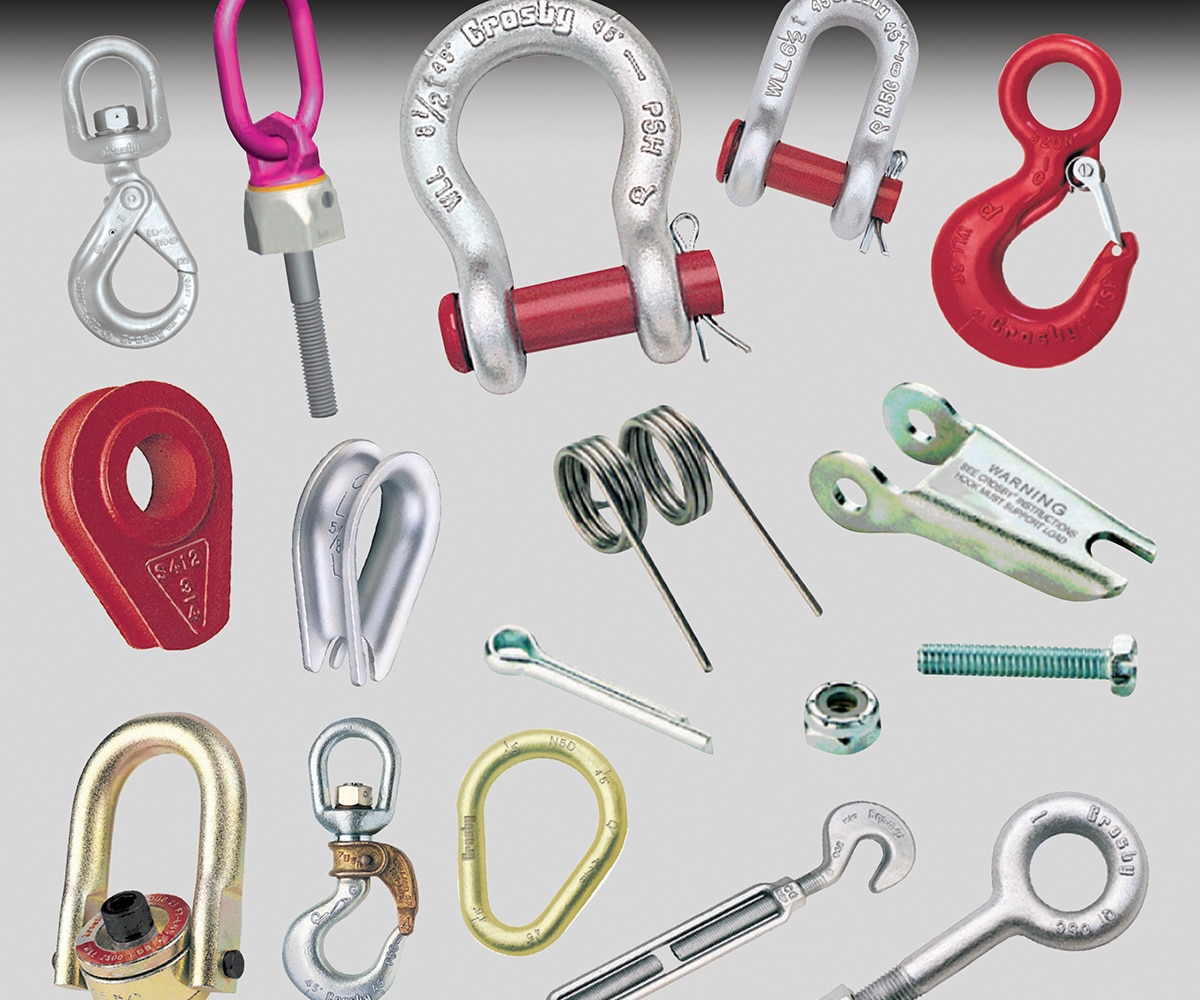








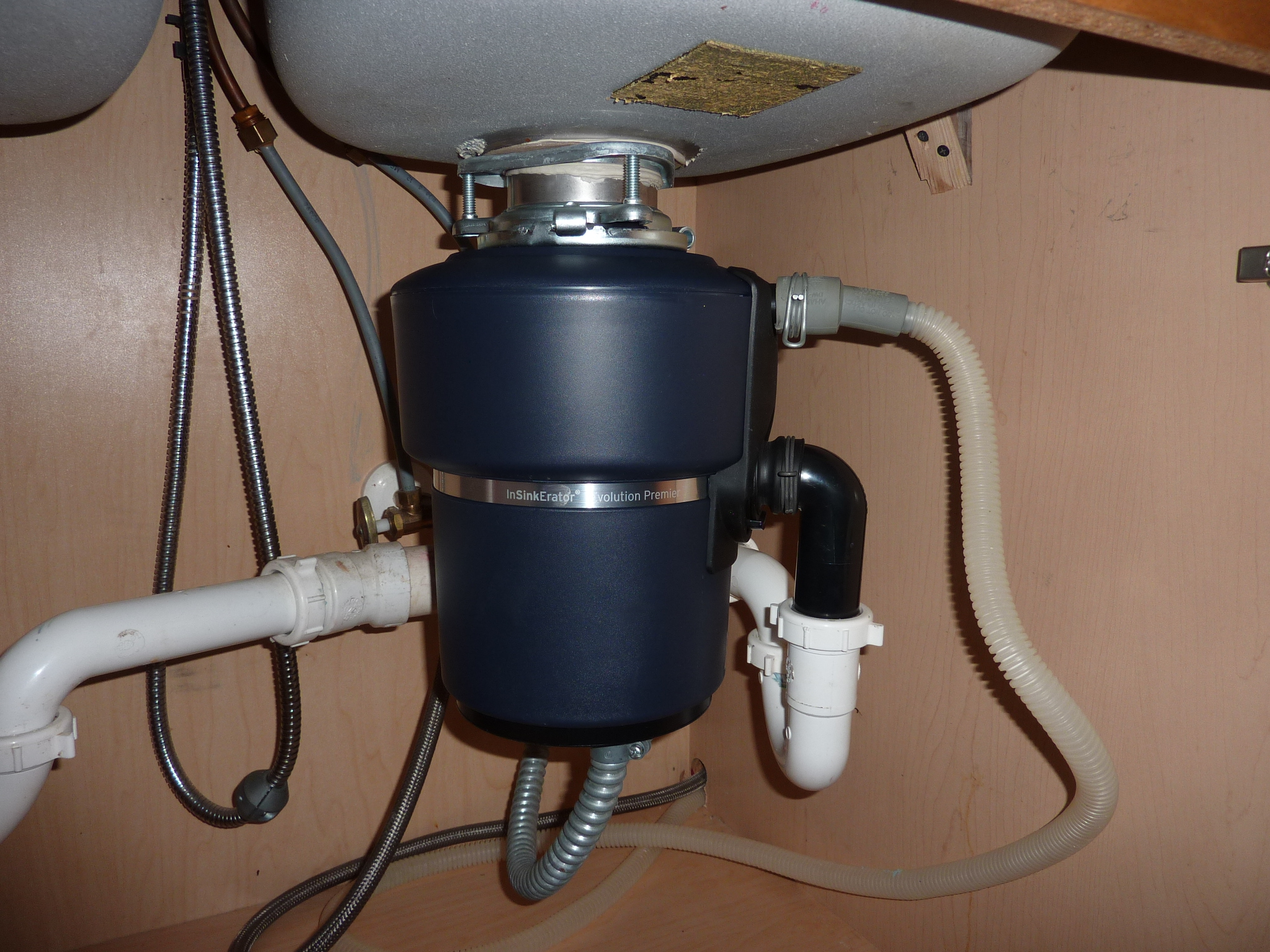
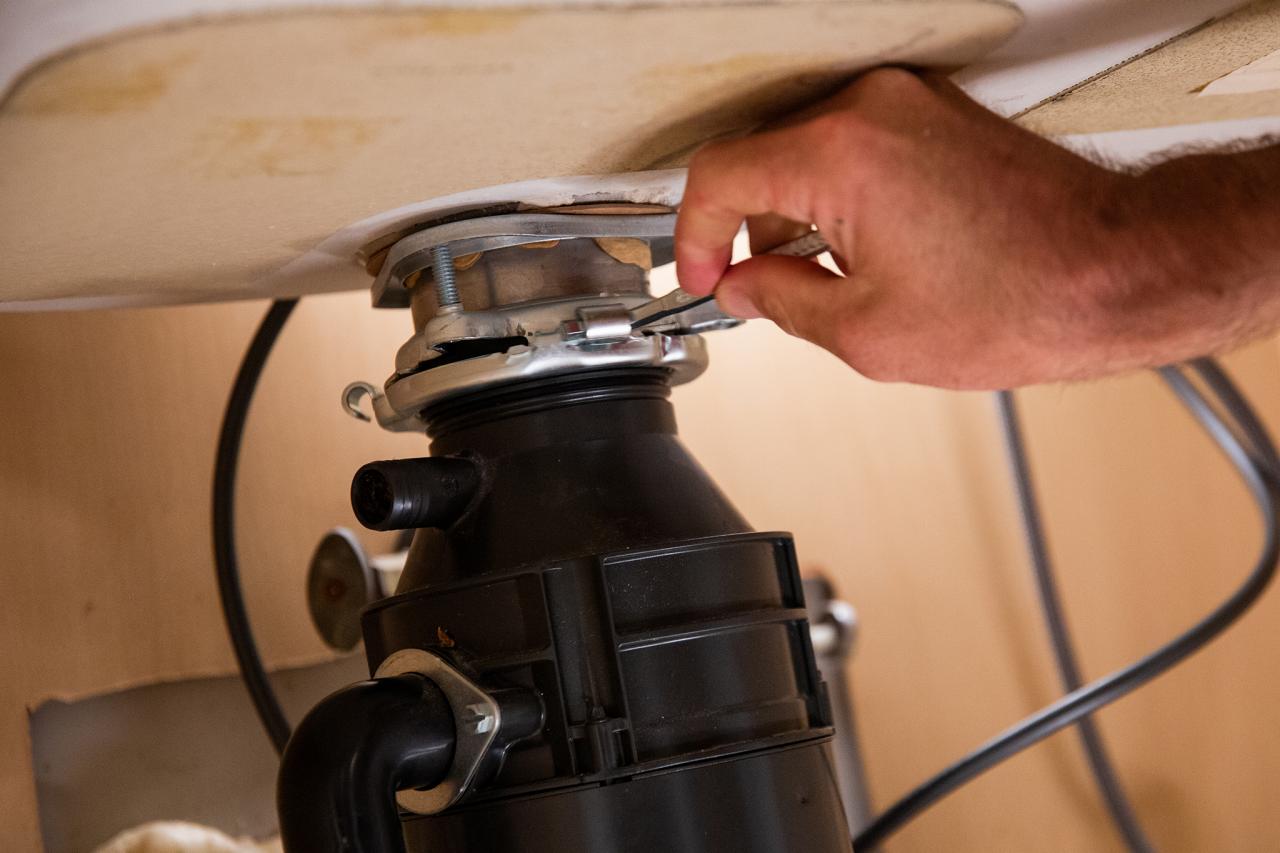


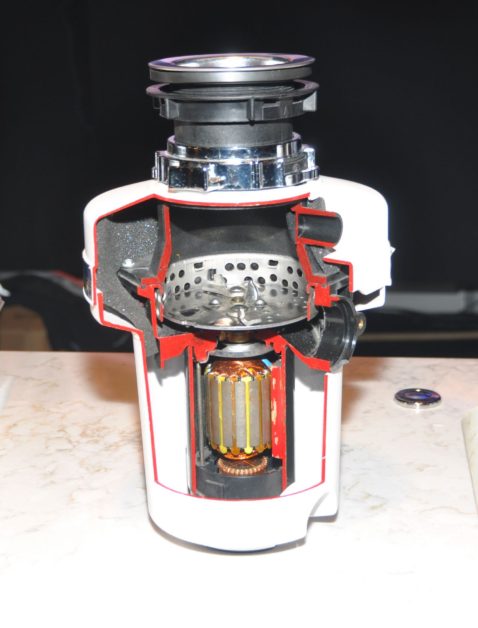


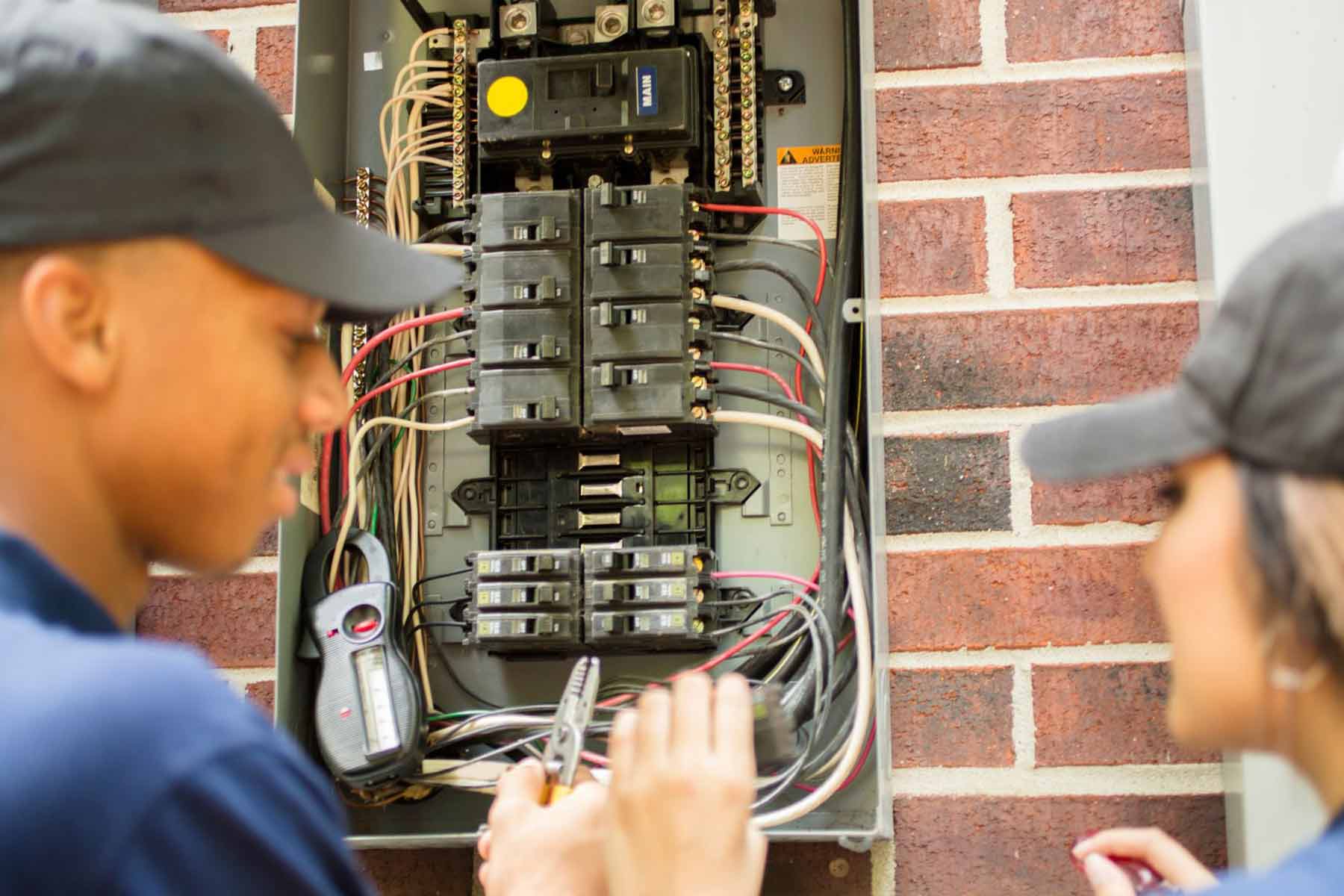

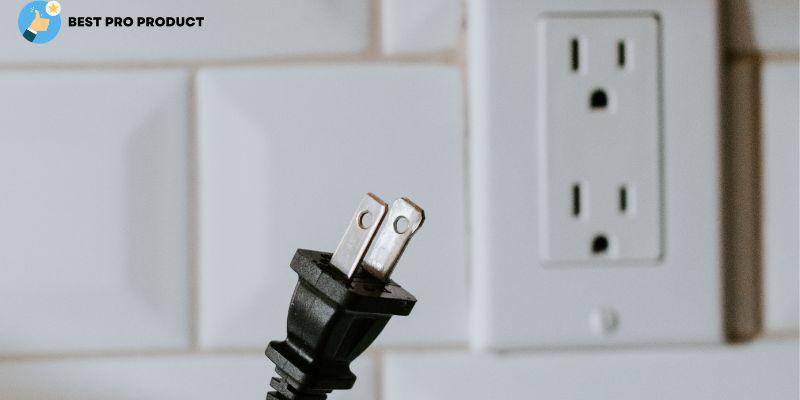
/close-up-of-fuse-box-73246051-5841dfea3df78c0230f5b07a.jpg)

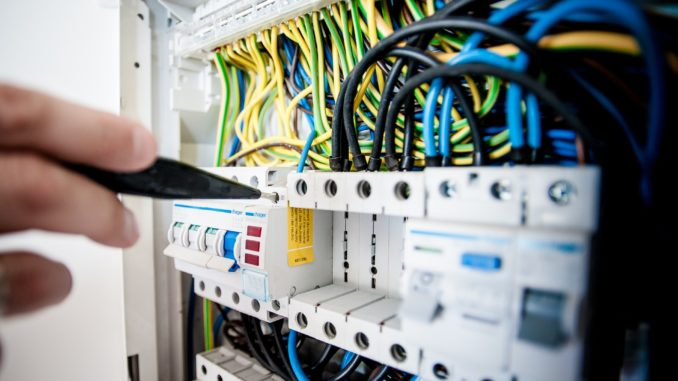

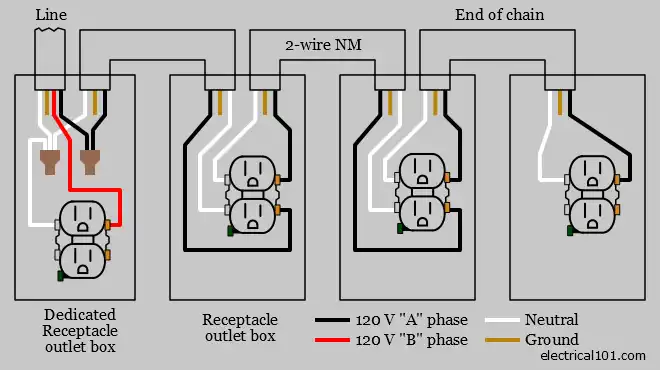

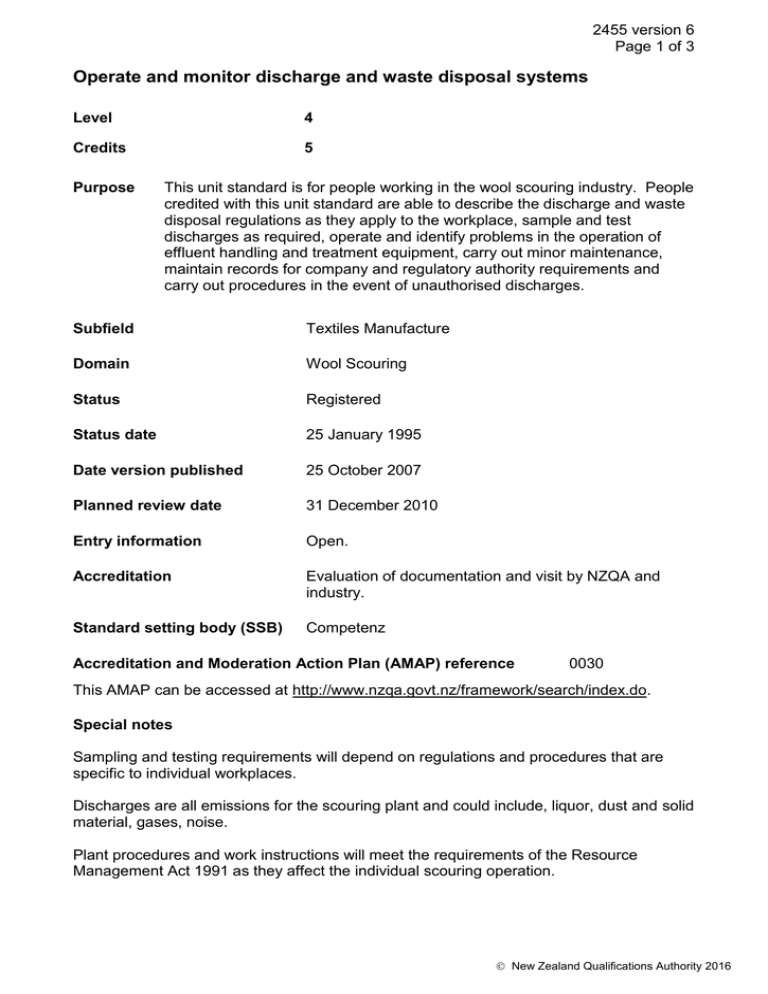






:max_bytes(150000):strip_icc()/garbage-disposal-installation-1824830-07-e7284aea27834f698710558d74c5ebda.jpg)



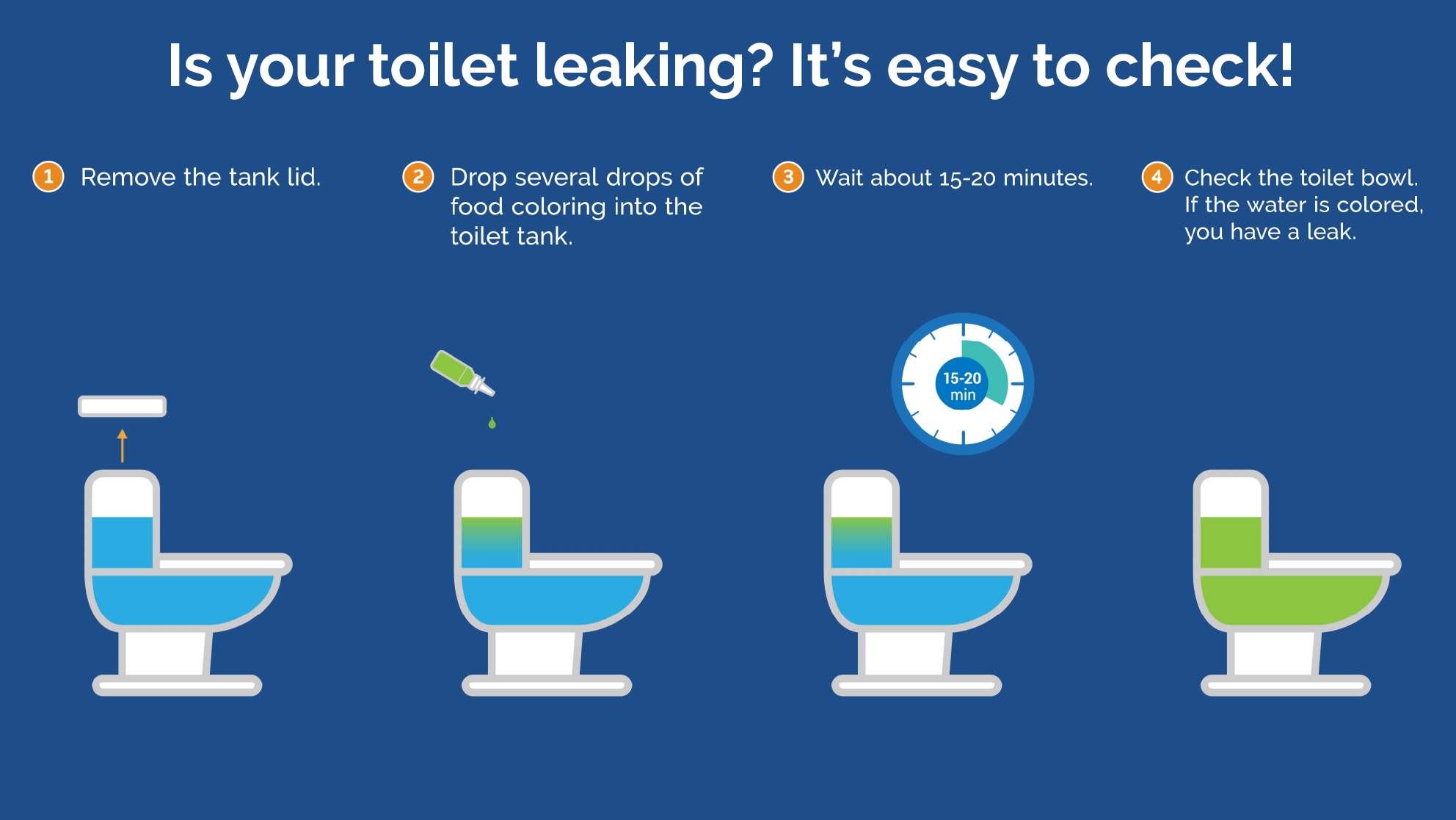

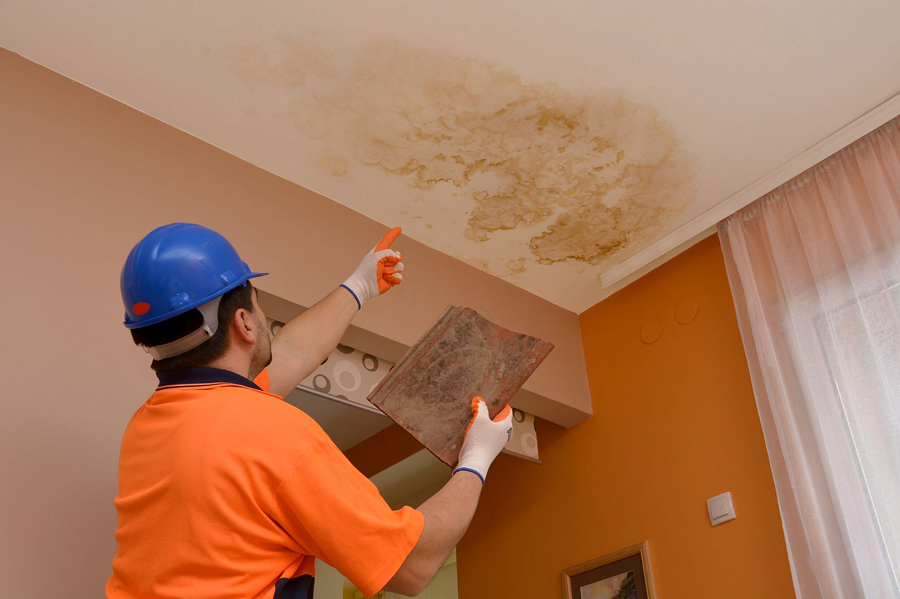









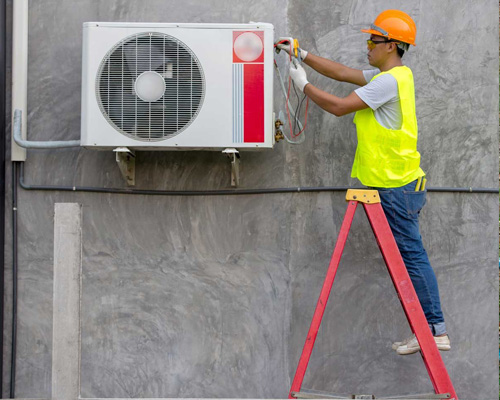

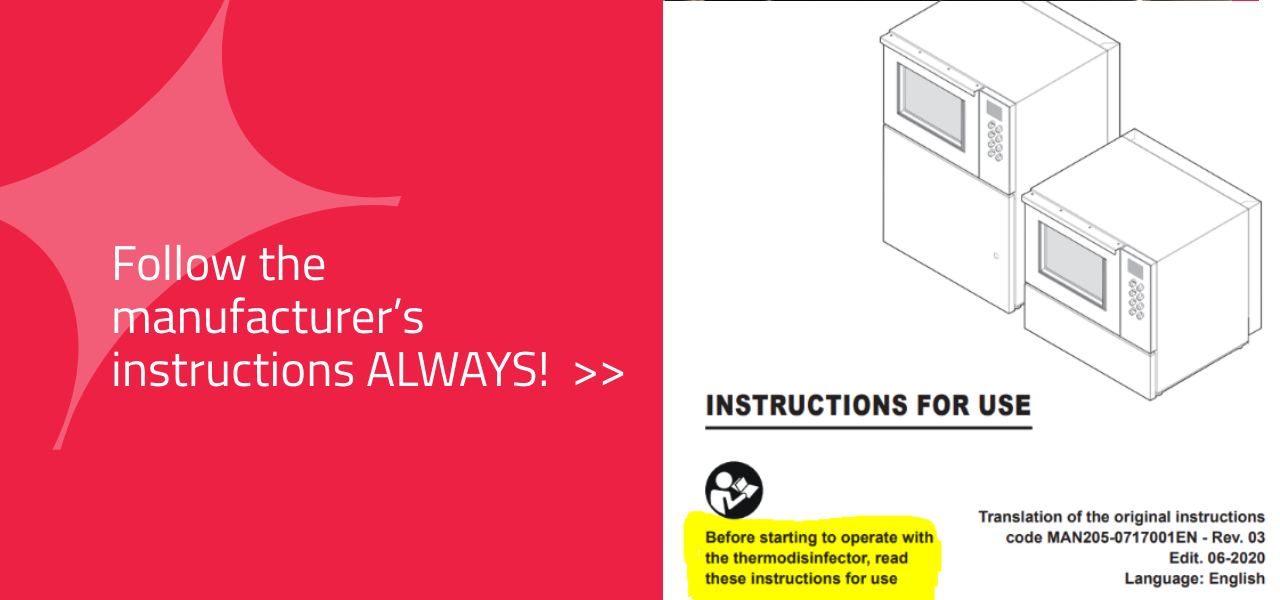
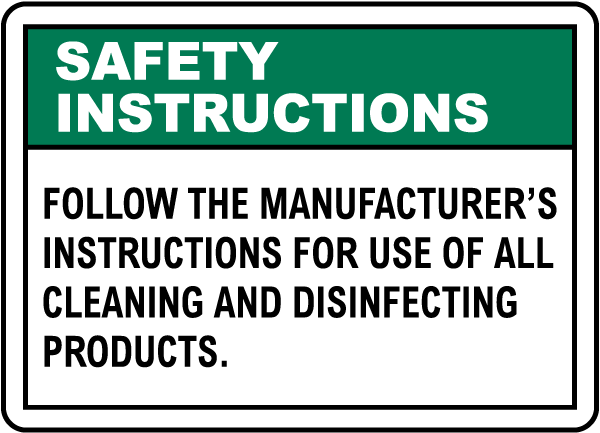
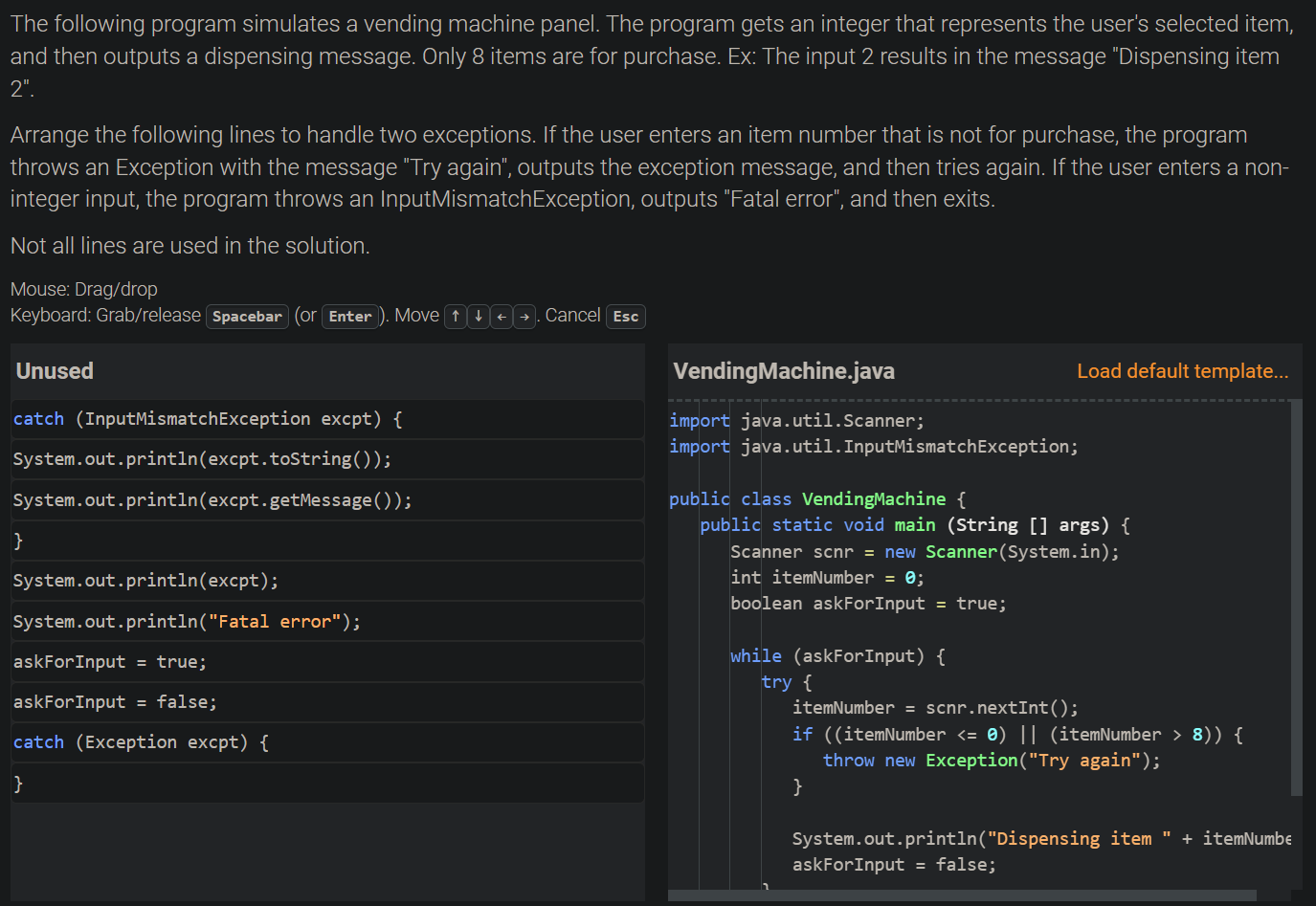

.jpg?format=1500w)



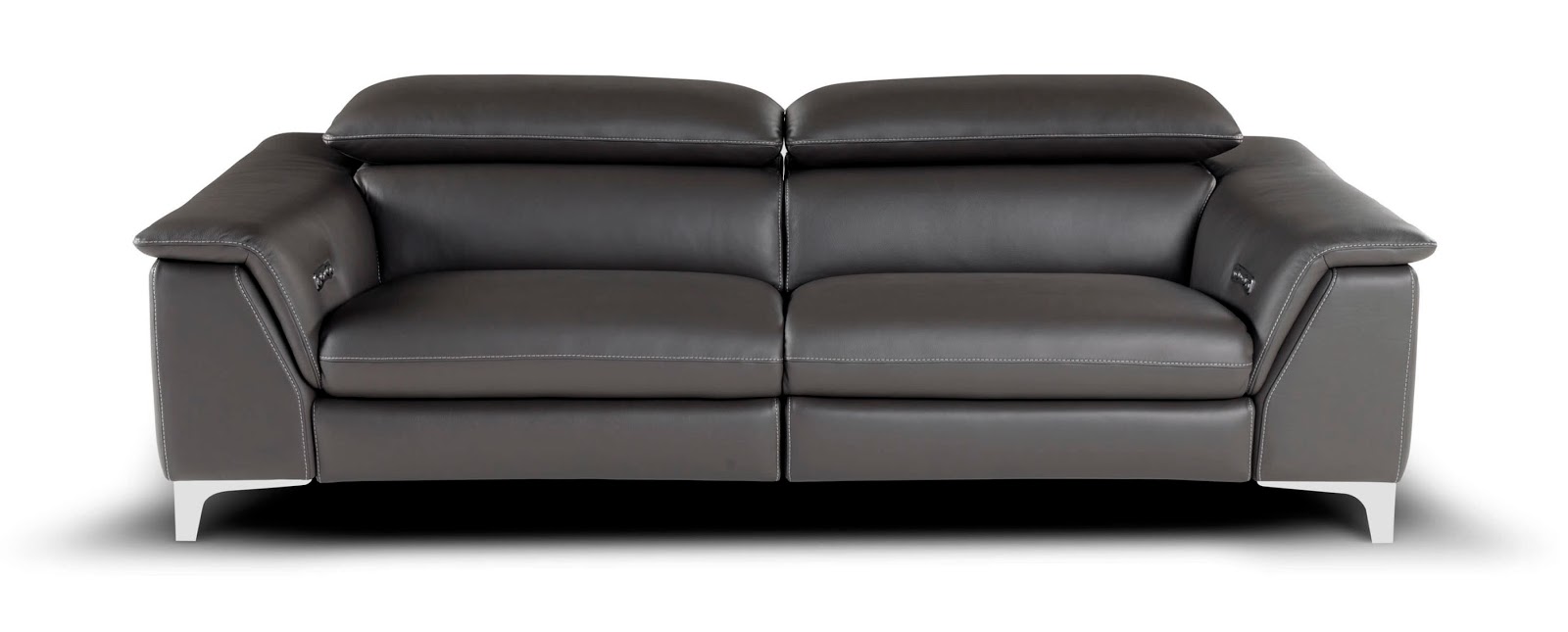

/cdn.vox-cdn.com/uploads/chorus_image/image/66780493/1.0.0.jpg)


